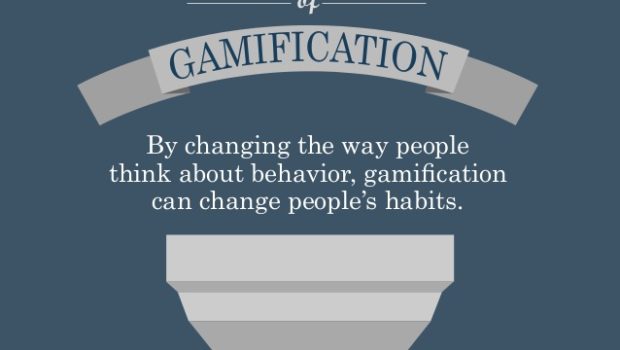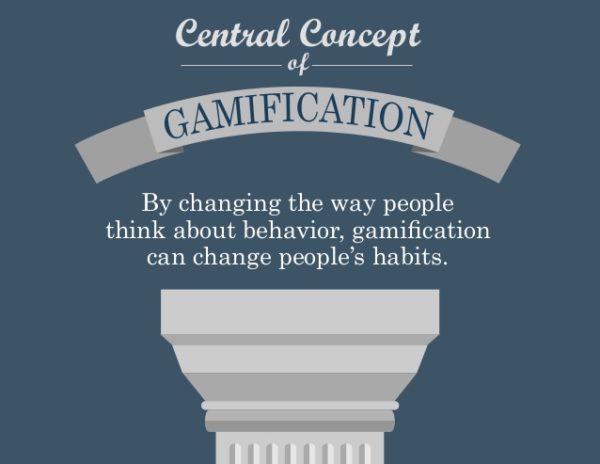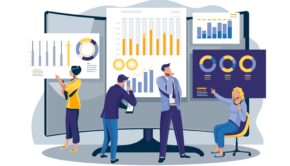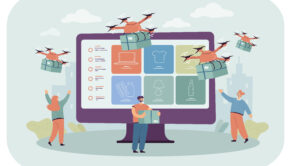How is Gamification Changing the Way we do Business
People don’t like being told what to do.
This is something every marketer knows all too well, and something you can’t ignore if you hope to sell a product. Even when receiving what is perceived as well-intentioned, friendly advice, sometimes we feel like we’re being talked down to or like the well-wisher talking to us is butting in without ever being asked for help.
When you add to this the mistrust that people have for advertising, the overwhelming competition fighting for what little trust the consumers do have, and the entitlement they have become accustomed to because of that competition, it becomes abundantly clear why you can’t expect your potential or existing customers to complete lengthy signup forms, write and share reviews of your product, leave their email, etc. – without properly incentivizing them to do so.
Gamification, or as it is most frequently defined, applying rules and concepts from gaming in other contexts, is a way to make sure your employees or your potential and existing customers find it easy, enjoyable and even entertaining to complete the tasks you set before them – be it finishing their workload, or buying your product.
There are numerous examples of companies using gamification to motivate their employees, from boosting performance by giving rewards for certain milestones, to organizing career progression requirements and earned benefits as a game, where you ‘level up’ i.e. get promoted, once you meet all the conditions. While this is something that every business might benefit from, gamifying different aspects of your marketing and customer relations is where this approach really gets to shine.
To get at least an idea of how this is applied in business, feel free to imagine reading about this cruise down the sales funnel as a game. We start with no name and no customers, and the game is complete once we have a solid customer base with decent retention rates. Give yourself a treat after reading each paragraph, and soon you’ll find yourself wishing that this article lasted forever. So, how do you make different stages of customer acquisition more interesting?
Level 1: Brand awareness
You’re offering a product or a service, but no one knows about you. Gamification helps with different kinds of initial outreach you need to be focusing on. For instance, you could use different social networks to inform consumers that you exist, but that is hardly likely to be enough.
On the other hand, if you create a simple, brand related game that offers incentives in the form of discounts; that has leaderboards people might like seeing their name at the top of; and that looks more like entertainment than advertising, you’re off to a good start. Congratulate yourself and prepare to deal with the next stage.
Level 2: Lead generation
All those people you’ve rewarded, they’ve left an email, right? Aside from sharing your game, giveaway, contest, or whatever it was you used to boost brand awareness, people have been interacting with your brand. Every prize you give out is not only meant to give your potential customers that rush which comes with achievement, but also guide them further into the funnel.
The point is to make the action you are hoping for a part of the game, not a chore on the part of the consumer. When they try to claim their prize, you can, for instance, offer additional benefits if they recommend a friend, or anything along those lines. You’ve made the initial contact and opened the lines of communication. Level 2 complete!
Level 3: Feedback and targeting
What’s the difference between a quiz and a questionnaire? Since this is neither, you don’t need to answer – fun and prizes.
Questionnaires are those forgotten pieces of paper gathering dust in some corner, while people who left them there are at a bar, shouting out answers to quiz questions over each other.
So no, the difference is not in the questions themselves, just in the way they are formulated and in your incentive to answer them. That means that you can use this method to find out what the consumers think about your business, which you can later employ to a) segment and target them accordingly, and b) improve your offer or brand.
If asked to fill in a direct feedback forms, most of them would likely just turn you away, but this way, they are not only more likely to participate, chances are they’ll also be much more honest. Getting acquainted with your potential customers and their perception of you completes this stage and prepares you for the next one.
Level 4: Customer onboarding
Depending on what you do, you may not have much need for gamification in this part of the funnel, but some businesses can drastically boost their conversion rates by making it easier for their customers to make that final step.
The most obvious example of this would be businesses selling relatively complex software solutions. You see people signing up for your free trial, you see them trying to use the software, and you see them dropping off after an initial frustration. By making your tutorial more entertaining, possibly even by offering mini incentives for the completion of different segments, so basically, by making them look more like a game than a learning session; you can do wonders for your conversion rates. Just one more level to go, don’t falter now. Click here for customer onboarding template.
Level 5: Customer retention
Well done, you’ve managed to get some customers, now all you need to do is keep them. Simple, right? Of course not. Fighting with customer attrition is a never-ending battle but still, one that you cannot afford to ignore. Luckily, you have a solid base of past efforts in boosting customer loyalty to fall back on when formulating your retention strategy.
Redeemable points, frequent flier miles and other traditional ways of preventing customer churn all have their place in the gamified marketplace, you just have to find the right way to present them to the audience you are targeting. So long as you remember that it’s no longer just the product you are selling, but the entire experience around it as well, you should do just fine.
Game over?
By no means, once you feel you’ve conquered every level, you can always keep coming back to each of them, finding new ways to beat them, refining your skills and perhaps even having a little fun along the way.
















